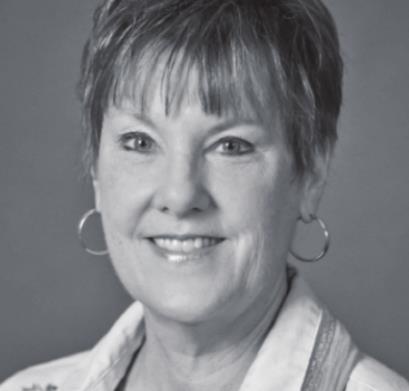There are many substances that can pollute indoor air. One that has received much media coverage recently is mold. While some molds (such as the ones responsible for producing cheese and penicillin) are beneficial, others may be a serious health threat. Mold spores are present everywhere both outdoors and indoors and spread easily through the air. Our recent snow storm and freezing temperatures caused havoc with plumbing in many homes.
Most people have few difficulties when exposed to mold spores, but it is estimated that about 10% of the population is severely allergic to mold. Symptoms include respiratory problems, nasal and sinus congestion, watery eyes, sore throat, coughing and skin irritations. Mold also can trigger asthma attacks. Children (especially infants), elderly persons, pregnant women, people with respiratory problems, and those whose immune systems are impaired are at higher risk from mold exposure. Even persons who have no ill effects at first may develop an allergy to mold after continued exposure.
To grow, mold needs a food source, moisture, and mild to warm temperatures. When mold spores in the air find the right conditions they begin to grow. The food source can be any organic material such as dust, books, papers, animal dander, soap scum, wood, particle board, paint, wallpaper, carpet and upholstery. When such materials stay damp (especially in dark areas with poor air circulation) mold will grow. Flooding, pipe leaks, leaky roofs, moisture in walls, high indoor humidity, condensation, and poor heating/ air-conditioning system design and operation can create the damp environment mold needs to grow.
If you can smell a musty odor or see mold, you have a mold problem. Look for mold wherever there may be water damage—behind and under cabinets, around plumbing fixtures and appliances, under carpet, inside walls, behind baseboards and in attics. Moisture can seep through concrete walls and floors and cause mold growth on or in walls, carpeting and materials stored in a basement. Mold also can grow behind furniture (particularly if it is against an outside wall) and in closets with outside walls.
Signs of water damage include stains, peeling paint, and damp flooring or carpet. To prevent mold growth, water-soaked areas should be dried within24 hours. In some cases it may be worthwhile to have the air in your home tested for mold spores even if you find no visual evidence of mold. Accurate testing can be expensive because it requires special equipment and training. However, if a family member has an unexplained illness, testing can determine whether high levels of mold in the home might be the cause.
Small areas of mold (less than a few square feet) can be cleaned by the homeowner. Larger areas should be examined by an experienced health and safety professional and treated by personnel with training and experience in handling contaminated material. To control mold for good, you must solve any moisture problems in your home. Because there are mold spores everywhere, and mold grows on any wet, organic surface, the only way to prevent mold growth is to keep things dry. Fix plumbing and roof leaks immediately, and inspect these areas routinely. Dry waterdam-aged areas within 24 hours. If flooding is extensive, obtain the help of a trained, certified restoration specialist. Wet drywall, insulation and carpet must be removed. Make sure water drains away from the house, not under the slab or crawl space.
For more information, contact the Texas A&M AgriLIfe Extension Office at 903-885-3443.
CLOSING THOUGHT
Every night we go to bed without any assurance of being alive the next morning, but we still set the alarm to wake up. That’s hope – Loran Smith


